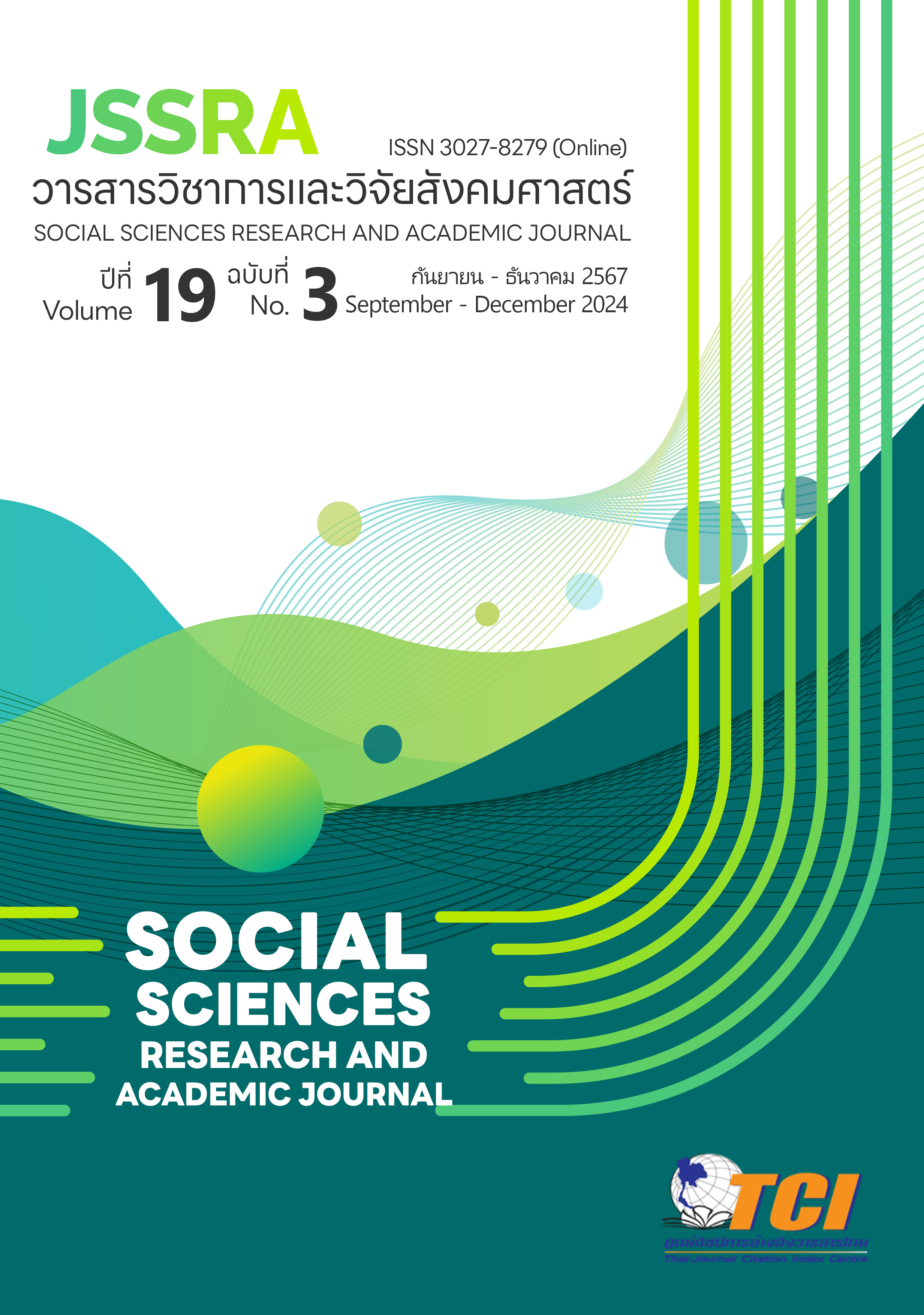The Preparation of a Remedial Plan for Rehabilitation of Children and Youths Who Have Committed Recidivism in Criminal Cases through the Mediation Process
Main Article Content
Abstract
The research on rehabilitation plan implementation for recidivism among juvenile offenders using dispute mediation processes included 3 purposes: 1. to study rehabilitation plan implementation for recidivism among juvenile offenders 2. to study principles and procedures of mediation processes used in rehabilitation plan implementation for recidivism among juvenile offenders and 3. to assess the success of rehabilitation plan implementation for recidivism among juvenile offenders using dispute mediation processes. This research was qualitative research using an in-depth interview and focus group.
The results revealed that restorative justice in the form of family and community meetings is an important mechanism leading to the successful rehabilitation plan implementation for recidivism among juvenile offenders using dispute mediation processes. Mostly, family and community meetings were used for diverting cases from allegations or prosecution in the formal criminal justice system which could be called restorative conferences between the victim (the state) and offender. At the same time, rehabilitation plan implementation for juvenile offenders was to allow participants to provide opinions and set conditions or measures in the plan and to promote vocational skills, education, and training. These should be consistent with problems or factors related to offenses of individual juvenile offenders. In addition, the aforementioned plan requires consent from victims and juveniles. Moreover, principles and procedures of dispute mediation were used in rehabilitation plan implementation for recidivism among juvenile offenders in which juveniles were accused of committing criminal offenses with a high rate of penalty, namely imprisonment not exceeding 5 years and being remorseful for their acts. The mediation committees shall cooperate in rehabilitation plan implementation in the form of family and community meetings. For the assessment of the success of this rehabilitation plan implementation, there were 4 elements: 1) input factors 2) procedures of implementation 3) outputs of implementation, and 4) results of implementation. This assessment was to review and enhance the efficiency of the rehabilitation plan for recidivism among juvenile offenders, and to allow those juveniles to reenter society and community normally and not reoffend.
Article Details
References
Dioetrakyl, P. (2014). Protection of Child and Young Person’s Rights in Criminal Prosecution Proceeding: Studying Problems and Impacts Arising in the case Where Child or Young Person Case is Not Transferred as Provided by Section 96 of the Act of Juvenile and Family Courts and Procedures for Juvenile and Family Cases B.E. 2010. Master’s thesis, Dhurakij PunDit University.
Lartsatwattana, S. (2017). Process of Treatment and Rehabilitation in the Juvenile and Family Court. Dissertation report on administration of justice system, Faculty of Law Thammasat University.
Tontheerawong, P. (2007). Using the Restorative Justice Process in the Management of Criminal Disputes in the Juvenile and Family Court. Doctoral’s thesis, Valaya Alongkorn Rajabhat University under the Royal Patronage.
UN. Secretariat. (2014). United Nations Model Strategies and Practical Measures on the Elimination of Violence against Children in the Field of Crime Prevention and Criminal Justice : note / by the Secretariat. UN. Secretariat. file:///C:/Users/SDU-HP/Downloads/A_C-3_69_L-5-EN.pdf
United Nations Rules for the Protection of Juveniles Deprived of their Liberty. (1990, December 14). General Assembly resolution 45/113. Retrieved from https://www.ohchr.org/sites/default/files/res45_113.pdf.
United Nations Standard Minimum Rules for the Administration of Juvenile Justice (The Beijing Rules). (1985, November 29). General Assembly A/RES/40/33. Retrieved from https://www.ohchr.org/sites/default/files/beijingrules.pdf
Wongpramote, P. (2014). The Problems of the Juvenile Arrest Inspection in Accordance with the Juvenile and Family Court and Its Procedures Act, B.E. 2553. Master’s thesis, National Institute of Development Administration.


